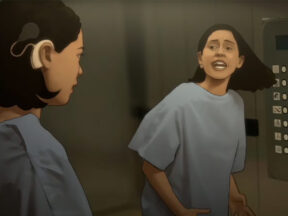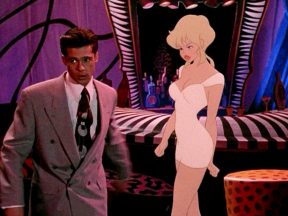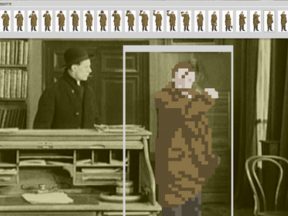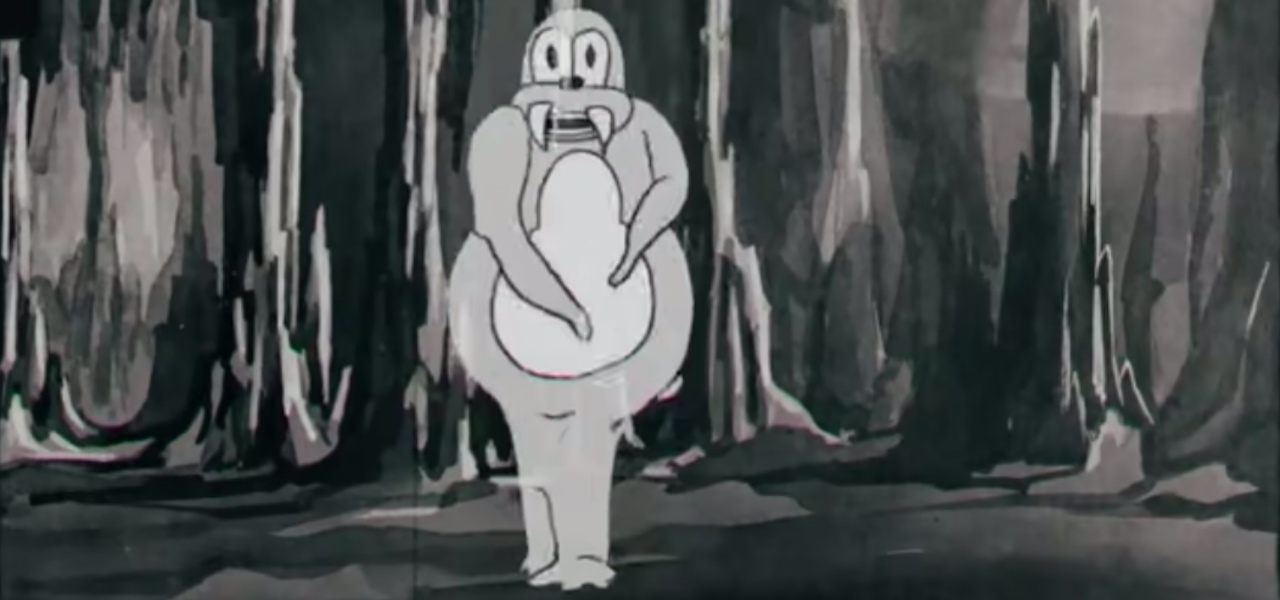
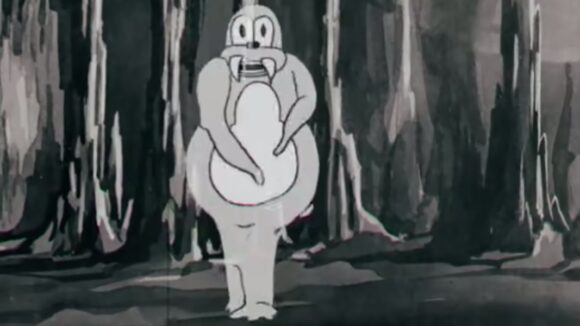
Video Essay Of The Week: How A Century-Old Machine Made Realistic Animation Possible
As Amazon’s series Undone garners praise for its artistically ambitious use of rotoscoping, Vox has released a short video primer about this much-maligned technique. In five breezy minutes, journalist Phil Edwards explains how rotoscoping came about.
Edwards focuses on Max Fleischer, the pioneering Polish-American animator who patented the original Rotoscope machine in 1917. Fleischer’s innovation was to film real humans with the express purpose of tracing their movements in animation, thus bringing a newfound naturalism to the medium. Vox’s video opens with one of his iconic productions — Minnie the Moocher, in which jazz legend Cab Calloway is rendered as a dancing walrus — and goes on to cite other important uses of rotoscoping.
The video is concise: it only takes a cursory look at the evolution of the technique, noting that it came to influence video games and motion capture. The principle of rotoscoping continues to be widely used, albeit in new forms that harness computer technology rather than Fleischer’s old machine. Yet even as the technique remains influential, it is often dismissed as a cheat for animators. See below for Cartoon Brew’s past coverage of rotoscoping.

.png)
